Bird Bath
- Allan Sander

- Aug 1
- 3 min read
Updated: Aug 1

Springtime in the temperate parts of the world is from late March to early June; it is a time of transition. Here in North America birds are heading north, migrating from the warmer climates of Central and South America, and the Caribbean Islands to breed in the United States and Canada. Growing up in the Chicago area I look forward to following these neotropical migrants along the city's lakefront and nearby rivers. The waterfront parks are verdant sanctuaries for these wearied, hungered masses where they can rest and refuel.

As in most living things, maintaining one’s anatomical properties is a necessity for survival and reproductive success. Design follows function, so in the avian community it is crucial to maintain the healthiness of the bird’s feathers.

It was a joy having spent two mornings within the Montrose Point Bird Sanctuary this past spring. A new “water feature” attracted a large number of species showing how important hygiene is for the well-being of these birds.

If one were to ask as to how each type of animal has evolved the means of a having a proper bath; again, the answer would be as discriminating as the creature itself. So, rather than struggle through a boatload of adjectives and adverbs myself, here are the facts from: *The Birder's Handbook: A Field Guide to the Natural History of North American Birds. Ehrlich, Paul R., Dobkin, David S., and Wheye, Darryl. Simon and Schuster Inc., New York, N.Y. 1988.
* "In a typical sequence a bird stands in the water, fluffs the feathers to expose the bare skin between their bases...,
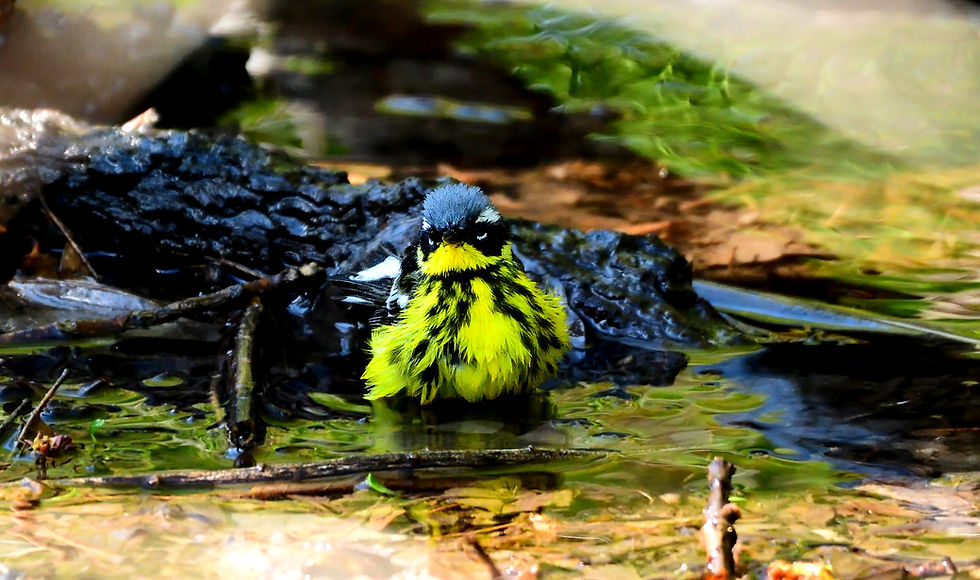
...and rapidly flicks the wings in and out of the water.

The breast is submerged and rolled vigorously back and forth...,

...and then, as the front end emerges, the head is thrown back, forming a cup with the partially elevated wings and tail, dousing the feathers of the back.

Those feathers are elevated so that the water reaches the skin, and then lowered, forcing the water between them.

The sequence may be repeated, with the bird submerging farther in each cycle...,

...until it is a mass of soaked, disarranged feathers."

Such hygiene not only aids in maintaining the insulative properties of the feathers but helps remove dust and other particulates from the skin along with unwanted parasites. Often after a bird has taken the plunge, the feathers are in such disarray that it can be difficult to come up with an I.D.! Check out this water-logged White-crowned Sparrow (Zonotrichia leucophrys)

So as you progress through the following images, the advent of a new species is first represented by a bird that clearly displays the field marks that help identify it. I hope the following series of images helps gets your feet wet so you can vicariously enjoy these long-distance migrants.
Wilson's Warbler (Cardellina pusilla)



It seems there is a need to go deeper.
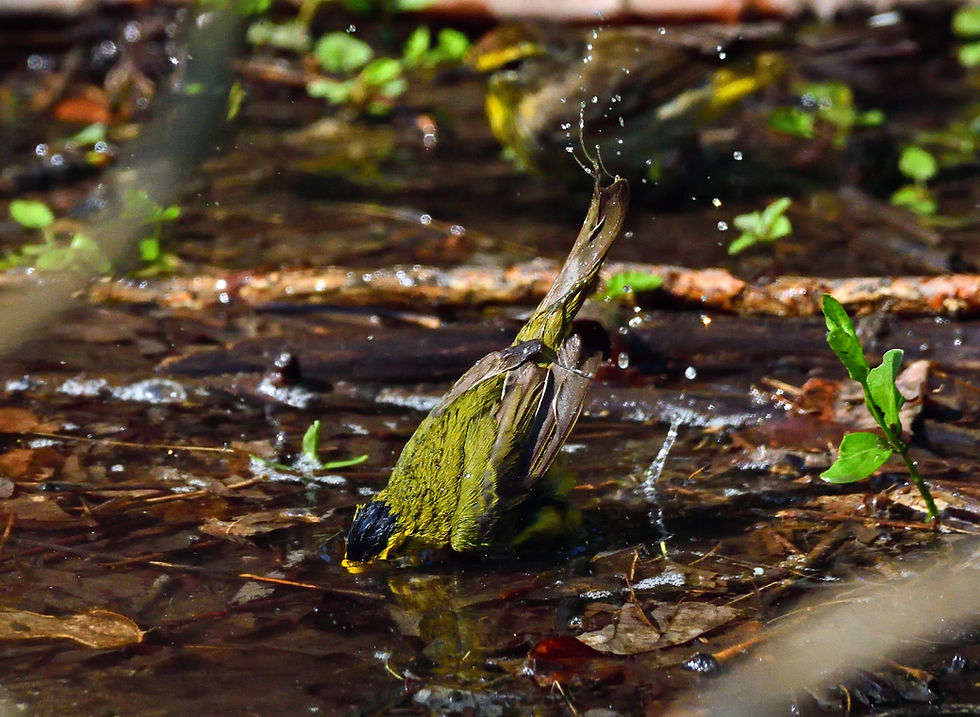

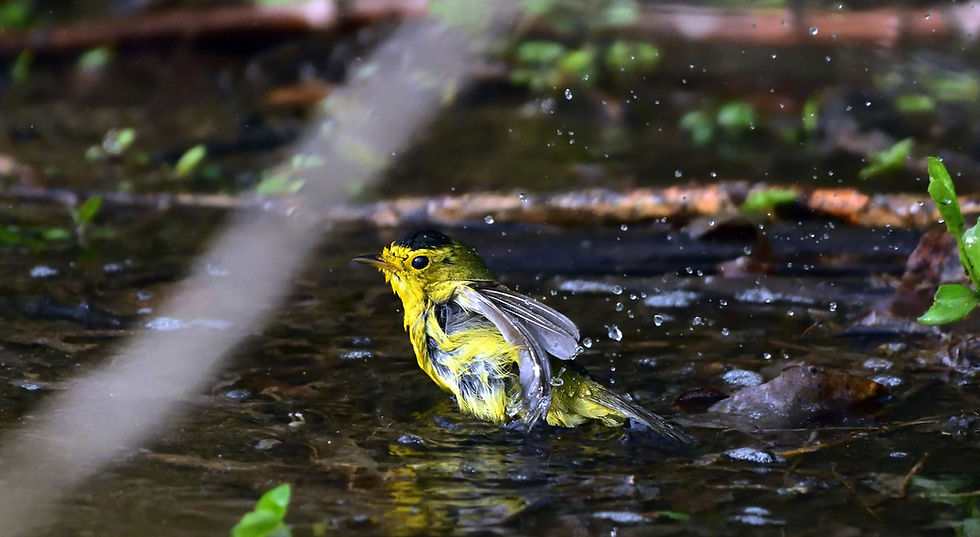
Chestnut-sided Warbler (Setophaga pensylvanica)



"I'm all in!"

"We have lift-off!"

Northern Parula (Setophaga americana)

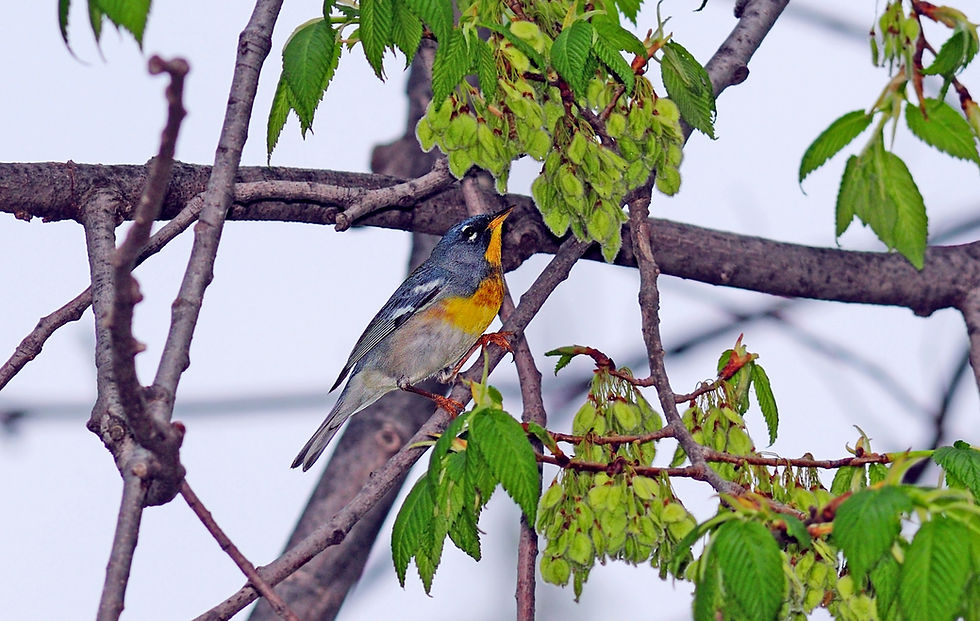



Sometimes a sunbath is in order, too.


American Redstart (Setophaga ruticilla)


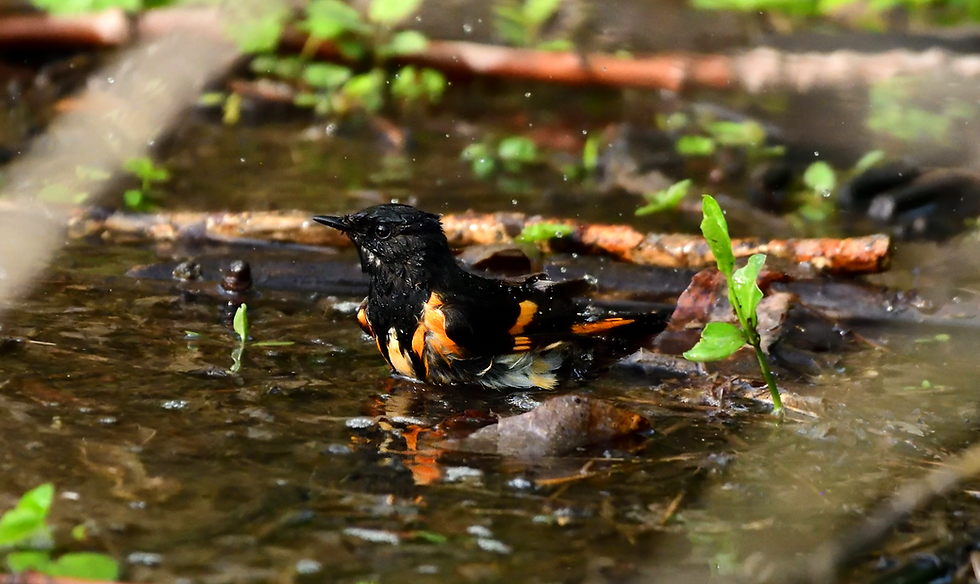



Bay-breasted Warbler (Setophaga castanea)


A female has a look...

...but that is as close as she gets.

A female Black-and-White Warbler (Miniotilta varia) does the same.

A male flies in and...

...settles for a drink.

Indigo Bunting (Passerina cyanea)

A bird still in winter molt, or perhaps a female, checks out the scene.
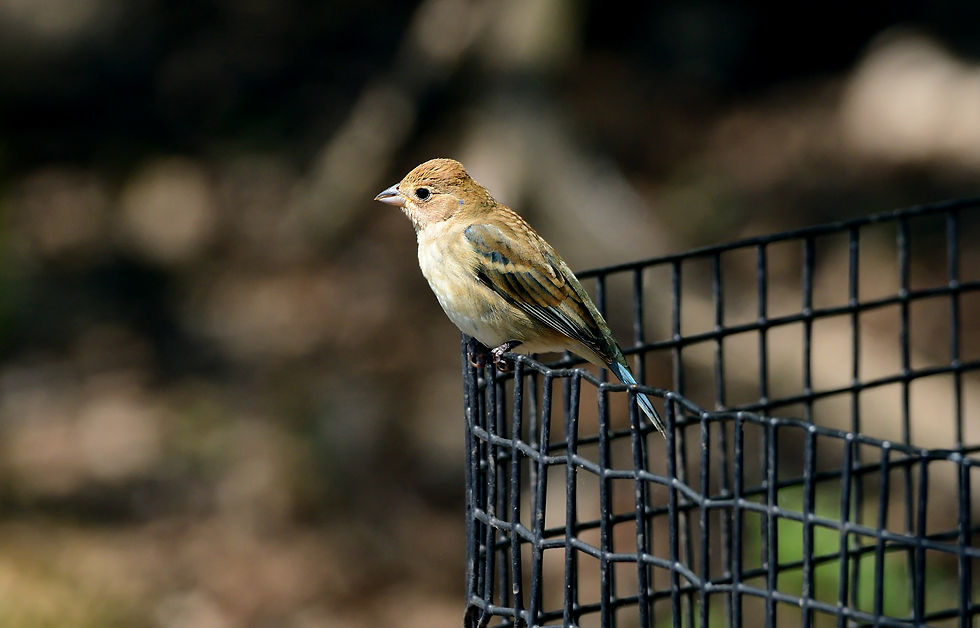

Several males came in but never took the plunge.

Common Grackle (Quiscalus quiscula)


Lincoln's Sparrow (Melopiza lincolnii) has cold feet...

White-crowned Sparrow (Zonotrichia leucophrys)


American Robin (Turdus migratorius)


Searching for food along the periphery of the watering hole was an immature female Hooded Warbler (Setophaga citrina).

American Goldfinch (Spinus tristis) slakes its thirst.

Black-throated Green Warbler (Setophaga virens) Male

Female






Common Yellowthroat (Geothlypis trichas)



Magnolia Warbler (Setophaga magnolia)




It may look like its tail, but those are its lower back (rump) feathers.


Nashville Warbler (Leiothlypis ruficapilla)


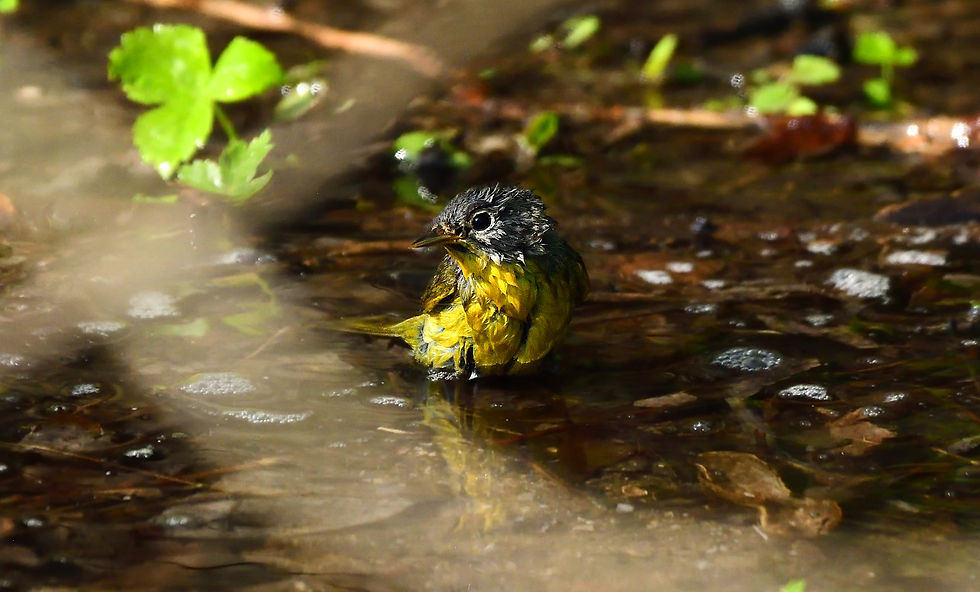
Tennessee Warbler (Leiothlypis pergrina) Male

Female


"Let's see how far down I can go!"



Blackburnian Warbler (Setophaga fusca)
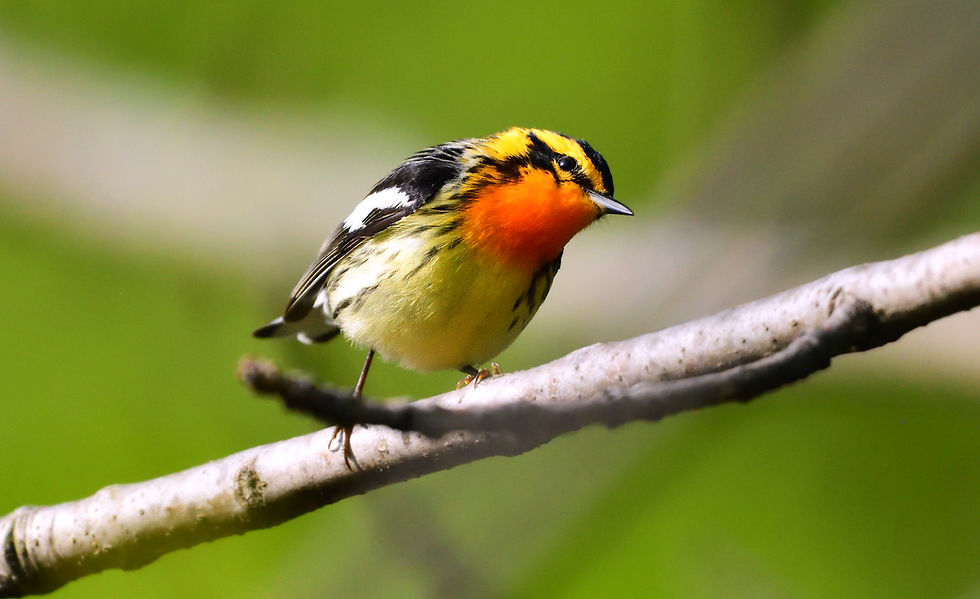



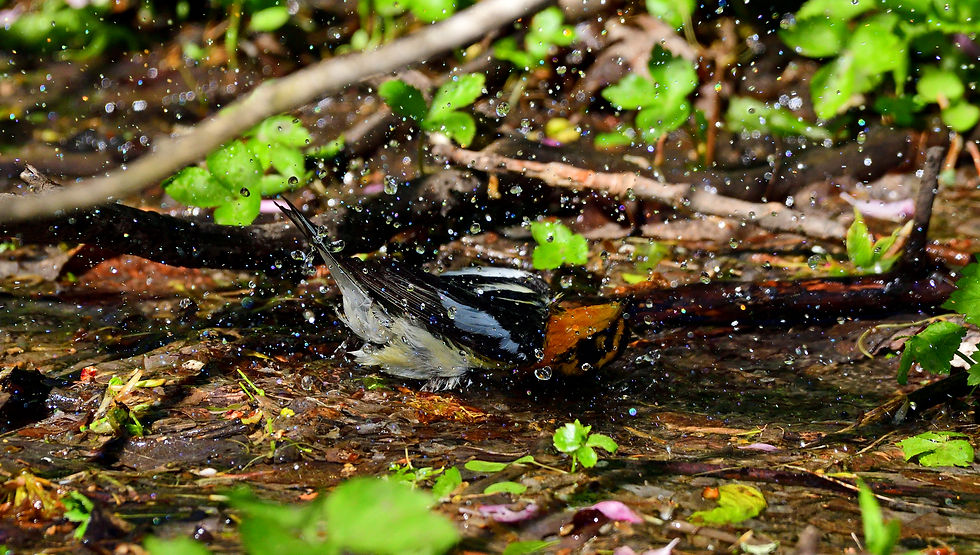

There are moments when multiple species participate in the festivities.


Location: Montrose Point Bird Sanctuary, Chicago, Illinois USA Date: May of 2025
*Ehrlich, Paul R., Dobkin, David S., and Wheye, Darryl. 1988. The Birder's Handbook: A Field Guide to the Natural History of North American Birds. Simon and Schuster Inc., New York



Comments